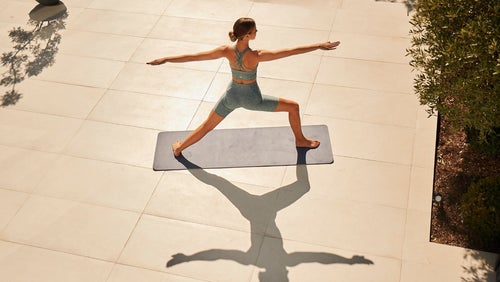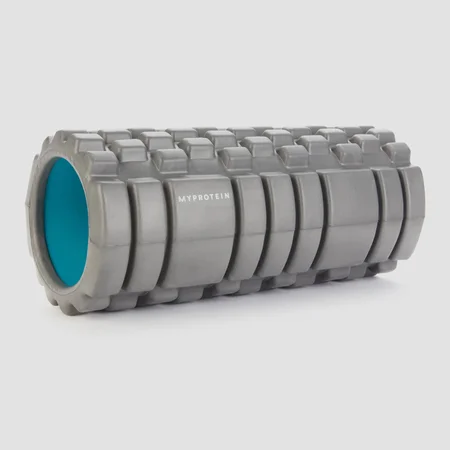What Is A Dead Hang?

The Dead Hang is a simple, effective, but often overlooked exercise with many training benefits. From improving your pull-up to offering a good full-body stretch, here’s how you can benefit from adding it to your training plan.
- What is the dead hang?
- How long should you be able to dead hang for?
- What do dead hangs do?
- Why should you do it?
What Is The Dead Hang?
It’s exactly what the name suggests. The dead hang is an exercise where you hang from an overhead bar as if you’re about to do a pull-up.
It couldn’t be simpler to perform a dead hang. Using a pull-up grip, hang from the bar, tensing your core and glutes for stability and additional strength work.

How Long Should You Be Able To Hold A Dead Hang?
It depends on your ability and strength, but it’s advised you try to improve on your previous time each new attempt:
Beginner: 10-15 seconds Intermediate: 20-30 seconds Advanced: 45 seconds or longer
How to dead hang for longer
Build up your time each occasion you perform the Dead Hang. Start small and add five seconds each time to build up your strength and tolerance of the move. This combined with other movements that improve your grip strength will increase the time you can complete the move for.
- Use a secure overhead bar and a step or bench so you can easily reach it — you don’t want to jump straight into a dead hang.
- Grip the bar with an overhand grip (palms facing away from you) with your arms about shoulder-width apart.
- Move your feet off the step or bench so you’re hanging on to the bar.
- Keep your arms straight and relaxed. Hang for 10 seconds if you’re a beginner. Gradually work up to 45 seconds or a minute as you get more advanced. Slowly step back onto the step or bench before releasing your arms. Repeat three to five times.
What do dead hangs do?
The dead hang works and strengthens many areas of the body, so it can have various benefits for training.
Dead hangs stretch your upper body
The dead hang is a great exercise for your arms, abs, back and shoulders due to the opposing forces of your grip on the bar and the gravitational pull of the rest of your body. This releases stiffness inside the body and loosens up your upper body muscles.
Dead Hangs Improve Grip Strength
Grip strength is useful in everyday life as well as training. The dead hang helps grow muscles associated with your grip.
They Improve Core Strength
Using your core to keep your body stable throughout will help improve your core strength.
They're Good for Shoulder Mobility
Holding this move will help stretch your shoulders, lats and core and strengthen them, leading to improved range of motion and shoulder strength.

Why Should You Do Dead Hangs?
There are many reasons to do this move. If you spend most of the day sitting at a desk all day, it’s a great way to open your body and stretch from head to toe. Plus, there’s the bonus of improved blood flow.
Additionally, if you want to attempt or improve pull-ups, the dead hang is a great introduction, helping you get the first part of the movement down before working your way up to a full pull-up.
Take Home Message
The dead hang is a simple but often overlooked movement that can bring a range of training benefits. Add it to your training routine and gradually work your way up to holding the movement for up to a minute. You can even use it as an introduction to the more advanced pull-up.

10 Basic Yoga Exercises For Beginners | Yoga Made Easy
Roll out your yoga mat and discover the benefits yoga has to offer.

10 Best Chest Exercises for Women
Sculpt your upper body with these simple moves.

15 Minute Workouts for Any Occasion
Too busy to exercise? All you need is 15-minutes a day!






